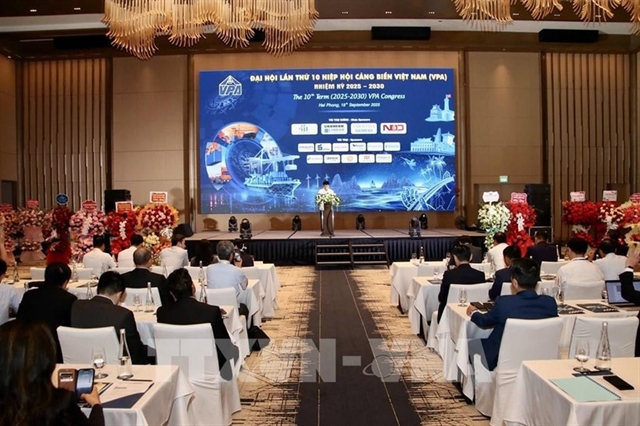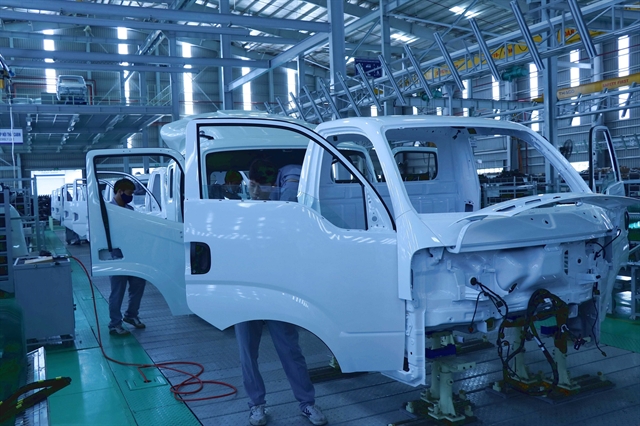 Opinion
Opinion

As part of the ASEAN Trade in Goods Agreement (ATIGA), Việt Nam will cut 669 tariff lines to zero per cent starting in January 2018. Assistant Professor Đinh Trọng Thịnh of the Hà Nội-based Finance Academy talks to Nông thôn ngày nay (Countryside Today) about the significance of these changes.
 |
| Đinh Trọng Thịnh |
As part of the ASEAN Trade in Goods Agreement (ATIGA), Việt Nam will cut 669 tariff lines to zero per cent starting in January 2018. Among these are automobiles and spare parts, vegetable oil, refrigerators, air conditioners and dairy products. Assistant Professor Đinh Trọng Thịnh of the Hà Nội-based Finance Academy talks to Nông thôn Ngày nay (Countryside Today) about the significance of these changes.
What does Việt Nam gain from the ASEAN Trade in Goods Agreement?
The purpose of opening our market to the regional and international economy is to effectively take advantage of the country’s strengths. That’s why we always have negotiations in free trade agreements in order to gradually reduce import taxes. For instance, with automobiles, we are reducing the import tax and will bring it to zero percent by the beginning of next year.
The opportunities the agreement brings are large: we will be able to export many products of our strength to members of the FTAs without them imposing import taxes, or with a very low import tax rate.
Meanwhile, local businesses and customers will enjoy an abundant source of goods and have more choices to make. The prices will be more competitive and the quality will be higher.
For instance, many people are waiting for the automobile import tax to go down next year before they purchase. I think the prices of this product will probably decline as a result of the tax cut.
What challenges does the agreement pose for Việt Nam?
In comparison to other countries in the region and in the world, the competitiveness of Việt Nam is still moderate. In the automobile sector, for instance, we have to admit that the localization rate is still low, being at around 20 percent. Meanwhile, the prices are not competitive.
Việt Nam also lacks spearhead industries in order to compete with our FTA partners.
Also, when joining FTAs, there’ll be no concept such as “home ground”. All goods’ taxes will be reduced or eliminated so the competition will be harsher: Vietnamese suppliers will have to make better products at lower prices in order to win customers.
In reality, when FTA partners lift tariff barriers, they might also set up technical barriers – so it doesn’t always mean Vietnamese goods can penetrate those markets easily.
The reduction or elimination of import taxes also have certain impacts on the state’s budget and on public investment and spending on social security policies.
What do you think Vietnamese enterprises can do to take advantage of the FTAs without losing in the home market?
The first solution is that enterprises themselves have to realise the need to change to catch up with the integration process. A story has been circulating recently about the attitude of the boss of a Japanese petrol station who stood in the rain to welcome and greet customers. It’s a story worth remembering for Vietnamese businesses. It’s not just about the quality and price of products, but also the attitude towards customers that plays an important role in competing with other businesses.
Regarding management agencies, what they can do to support local enterprises is provide sufficient information about the country’s FTA partners and issue analysis on opportunities as well as challenges for Vietnamese businesses in each sector. This will help local business understand their rivals and prepare for the coming tough competition.
Technical barriers following international principles and laws can be built up in order for relevant agencies to easily manage import products while helping local businesses to gradually improve their capacity before the complete elimination of tariff barriers.--VNS




